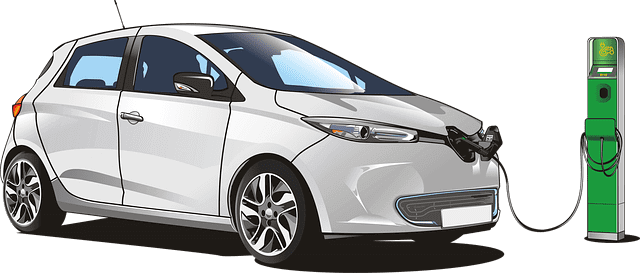What Are Advantages And Disadvantages of Vector Images?
Vector images have become a popular choice for many artists and graphic designers. With their ability to scale without losing quality, these versatile graphics offer a range of advantages and disadvantages worth exploring.
In this blog post, we will discuss some advantages and disadvantages of vector images to help you better understand their role in the creative process.

Advantages of Vector Images
Scalability
One of the key advantages of vector images is their scalability, meaning that they can be resized without losing image quality. This is because vector images are made up of points, lines, and curves rather than pixels, allowing them to maintain their crisp, clean lines and shape no matter how big or small they are resized. This makes vector images ideal for logos, illustrations, and other graphic design projects where scalability is important.
Small File Size
The second plus point of vector images is their file size. Vector graphics typically have smaller file sizes than raster graphics because they do not store information about individual pixels.
Vector graphics are well-suited for websites or applications that prioritize smaller file sizes. Reduced file sizes facilitate the process of transferring or sharing the photograph with others.
Vector Images Are Editable
Vector graphics are highly editable because they are created using mathematical equations. This means that individual elements can be easily modified, such as changing colors, sizes, or shapes. This level of editability makes vector graphics ideal for designers and artists who need to make changes to an image quickly and easily.
Versatility
Vector graphics are highly adaptable and can be used in a wide range of applications, such as logos, illustrations, graphics, and animations. They are versatile for usage in both print and digital media and may be readily adjusted or altered to suit various purposes. Vector graphics are highly versatile, making them well-suited for designers and artists who require the ability to create pictures for a wide range of applications.
Consistency
Vector graphics ensure consistency across different applications and media. This is because vector graphics can be easily modified and adapted to fit different applications without losing quality or resolution. This makes vector graphics ideal for branding or marketing materials where consistency is important. Maintaining consistency across different applications and media is critical for establishing a strong brand identity.
Also Read: What are the Differences Between Vector and Bitmap Images
The Disadvantages of Vector Images
While vector graphics have many benefits, they also have some disadvantages that make them less suitable for certain applications. In this response, we will explore some of the disadvantages of vector graphics.
Limited Detail
One of the main disadvantages of vector graphics is that they cannot represent as much detail as raster graphics. Raster graphics are made up of pixels, which means that they can represent more subtle variations in colour and tone. In contrast, vector graphics are made up of lines and shapes, which can make them look less realistic.
Vector graphics are complex to create
Generating vector graphics can be a demanding and complex procedure. Contrary to raster images, vector graphics consist of pathways and shapes that are specified by mathematical equations, rather than individual pixels. Creating a vector graphic necessitates a profound comprehension of geometry and mathematical principles to effectively depict the intended image.
Additionally, vector graphics frequently require meticulous attention to detail and precision in order to attain a final product of superior quality. Generating vector graphics necessitates a substantial investment of time and expertise, as even slight mistakes in the design can have a detrimental effect on the image’s overall excellence. In summary, the process of creating vector graphics is an intricate and meticulous undertaking that necessitates a sharp attention to detail and a solid comprehension of mathematical principles.
Limited Compatibility
Vector graphics may not be compatible with all software applications. Some software applications may not support vector graphics, which can make it difficult to use them in certain contexts. Additionally, not all printers or output devices may be able to print or display vector graphics, which can limit their usefulness in certain situations.
Unsuitable for Realistic Images
Vector graphics are not well-suited for creating realistic images, such as photographs. Because vector graphics are made up of lines and shapes, they cannot represent subtle variations in colour and tone. This can make vector graphics less suitable for applications requiring a realistic representation of an object or scene.
Summary
Vector images are the most common and easiest to work with. They are scalable and adaptable and may be used to create a variety of graphics, such as logos, illustrations, charts, and posters. The graphics are generated by combining multiple colours of a particular shape or combination and arranging them logically and professionally. Vector graphics are incredibly flexible and simple to customise because the colours, fonts, forms, and so on may be changed using the vector image editor’s capabilities.

